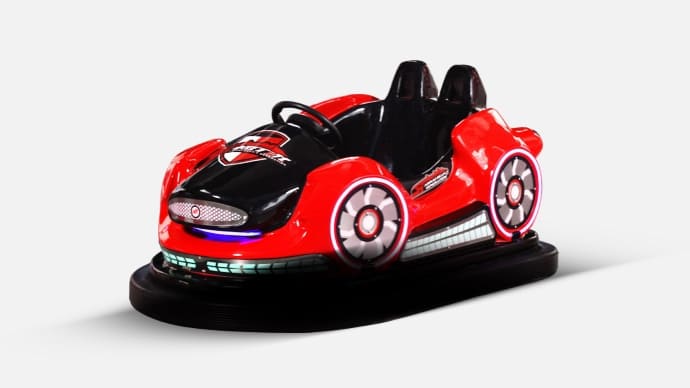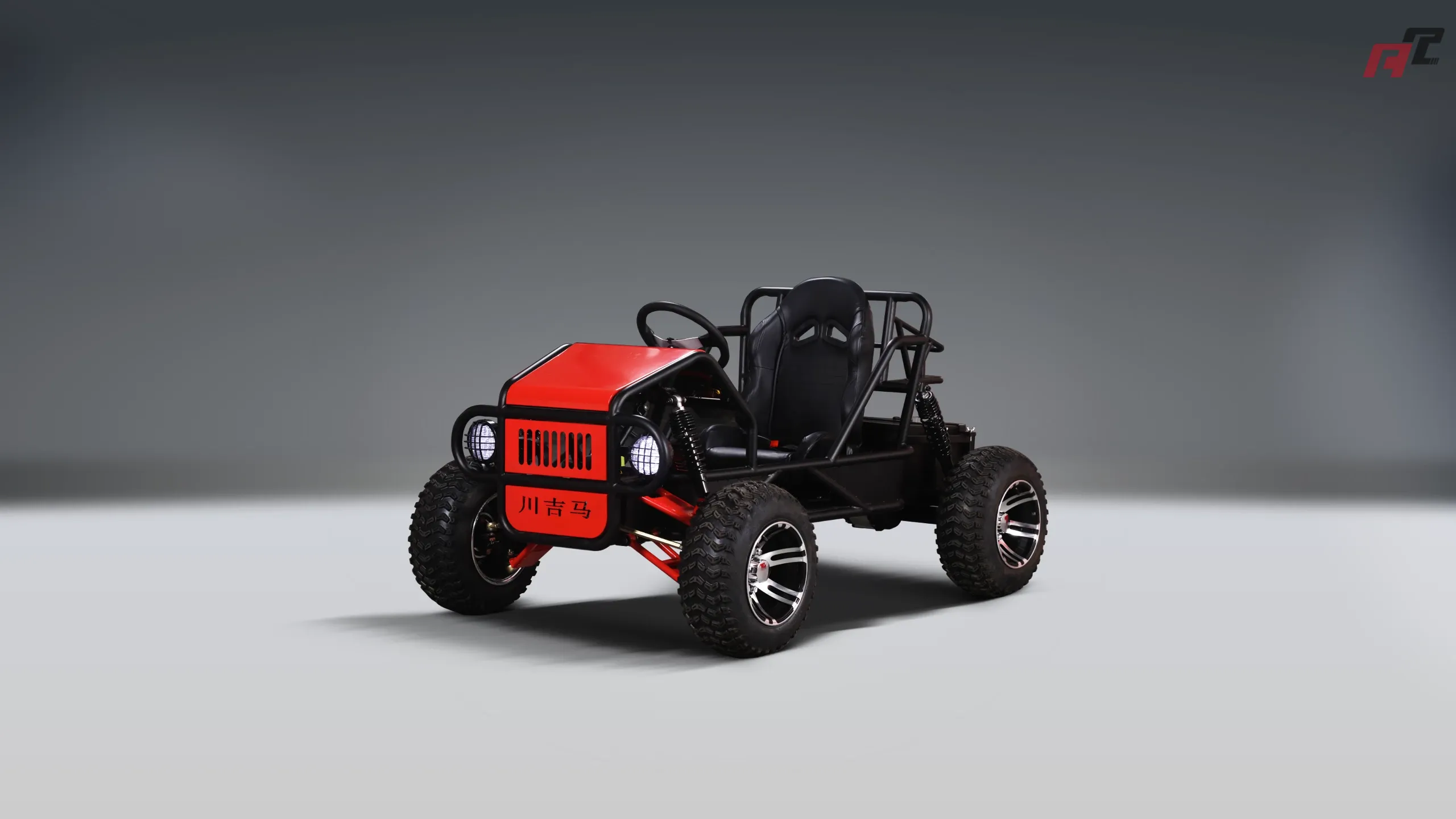what is the point of bumper cars | ANCHI Guide
Ever wondered about the point of bumper cars? This article dives into the history, physics, and sheer fun of this amusement park staple. Explore the exhilarating chaos and understand the enduring appeal of bumper cars. Brought to you by ANCHI.
Why Do We Love Bumper Cars? A Deep Dive
Bumper cars, also known as dodgems, are a classic amusement park ride enjoyed by people of all ages. But beyond the obvious fun, what's the real point of bumper cars? Let's explore the history, physics, and appeal of this electrifying experience.
What is the History of Bumper Cars?
The first bumper cars appeared in the 1920s. According to sources like the National Amusement Park Historical Association (NAPHA), the precise inventor is debated, but the ride quickly gained popularity at amusement parks and carnivals. These early versions were often unreliable, with cars frequently stalling or losing their electrical connection. However, the core concept of controlled collisions proved to be a hit.
What is the Physics Behind Bumper Cars?
Bumper cars offer a real-world demonstration of physics principles, particularly Newton's Laws of Motion. Each impact involves momentum transfer and energy dissipation. The rubber bumpers around the cars are crucial for absorbing the force of the collisions, protecting the riders and the vehicles themselves. The average speed of a bumper car is around 5-7 mph (8-11 km/h), which is enough to create a noticeable impact without being overly dangerous. Understanding the physics adds another layer of appreciation for the ride.
Why Are Bumper Cars So Much Fun?
The appeal of bumper cars lies in several factors:
- Controlled Chaos: Bumper cars offer a safe environment to experience the thrill of controlled collisions. Unlike real-world accidents, there are no serious consequences.
- Accessibility: The ride is relatively easy to operate and requires no special skills. This makes it accessible to a wide range of ages and abilities.
- Social Interaction: Bumper cars provide a unique opportunity for social interaction, whether you're bumping into friends, family, or even strangers. It's a shared experience that can be both competitive and humorous.
- Nostalgia: For many, bumper cars evoke feelings of nostalgia, reminding them of childhood visits to amusement parks and carnivals.
Are Bumper Cars Safe?
While collisions are inherent to the ride, bumper cars are designed with safety in mind. Cars typically operate at low speeds, and the rubber bumpers provide significant protection. Ride operators also enforce safety rules, such as prohibiting riders from standing up or intentionally targeting certain areas. According to the International Association of Amusement Parks and Attractions (IAAPA), amusement park rides, including bumper cars, have a very low injury rate compared to other recreational activities.
What Are the Different Types of Bumper Cars?
While the basic concept remains the same, there are different types of bumper car systems:
- Overhead Grid System: This is the most common type, where cars draw power from an electrified grid suspended above the ride. A pole extending from the car touches the grid, providing the necessary electricity.
- Floor-Powered System: In this system, the floor is divided into alternating positive and negative conductors. The cars have metal brushes underneath that make contact with the floor, completing the electrical circuit.
- Battery-Powered Bumper Cars: These bumper cars are powered by batteries and don't require an overhead grid or specialized floor. This makes them more portable and easier to set up.
Bumper cars offer a unique blend of physics, history, and pure fun. They're a testament to the enduring appeal of simple yet thrilling experiences. So, the next time you hop into a bumper car, remember that you're not just crashing into things; you're engaging in a time-honored tradition of controlled chaos and amusement park nostalgia.














